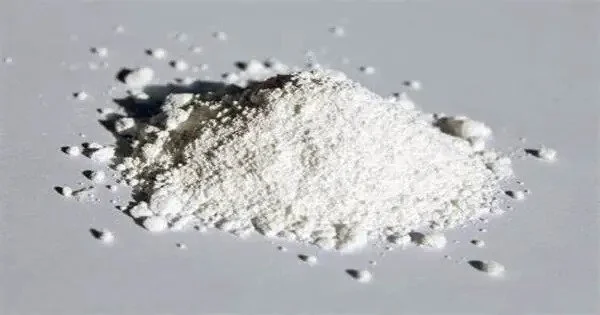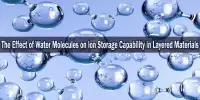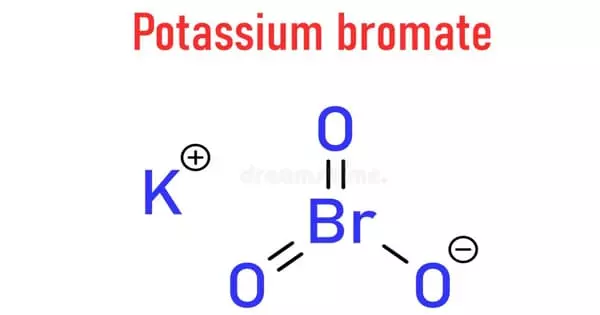Titanium dioxide, also known as titanium(IV) oxide, is a chemical compound with the formula TiO2. It is an oxide of titanium that occurs naturally. Because of its unique properties, it is a widely used white pigment with numerous applications. It is known as titanium white, Pigment White 6 (PW6), or CI 77891 when used as a pigment. Although mineral forms can appear black, it is a white solid that is insoluble in water. It has a wide range of applications as a pigment, including paint, sunscreen, and food coloring.
It has the E number E171 when used as a food coloring. In 2014, global production surpassed 9 million tonnes. It has been estimated that titanium dioxide is used in two-thirds of all pigments, and pigments based on the oxide have been valued at a price of $13.2 billion.
Properties
- Chemical formula: TiO2
- Molar mass: 79.866 g/mol
- Appearance: White solid
- Odor: Odorless
- Density: 4.23 g/cm3 (rutile); 3.78 g/cm3 (anatase)
- Melting point: 1,843 °C (3,349 °F; 2,116 K)
- Boiling point: 2,972 °C (5,382 °F; 3,245 K)
- Solubility in water: Insoluble
- Band gap: 3.05 eV (rutile)
Production and occurrence
The mineral ilmenite is used to make synthetic TiO2. Rutile and anatase, both naturally occurring TiO2, are also found in abundance, for example, rutile as a ‘heavy mineral’ in beach sand. Another ore is leucoxene, a fine-grained anatase formed by natural ilmenite alteration. The asterism in star sapphires and rubies is caused by oriented inclusions of rutile needles.
Applications
Titanium dioxide is best known for its use as a white pigment in paints, coatings, plastics, inks, and other materials. It is also very effective at absorbing ultraviolet (UV) light. As a result, it is used to protect the skin from harmful UV radiation in sunscreens and cosmetic products.
Titanium dioxide is used to improve the opacity and brightness of ceramics and glass. In ceramic applications, it is also used as a glaze. It is approved as a food additive (E171) in many countries and is used to improve the appearance and whiteness of a variety of food products.
Titanium dioxide is used in some medical and dental implants and devices due to its biocompatibility. Although it is generally regarded as safe for use in a wide range of applications, there have been some concerns raised about the potential health risks associated with inhaling fine particles, particularly when nano-sized particles are used in certain products. As a result, regulations and guidelines for safe usage and handling have been put in place.
















